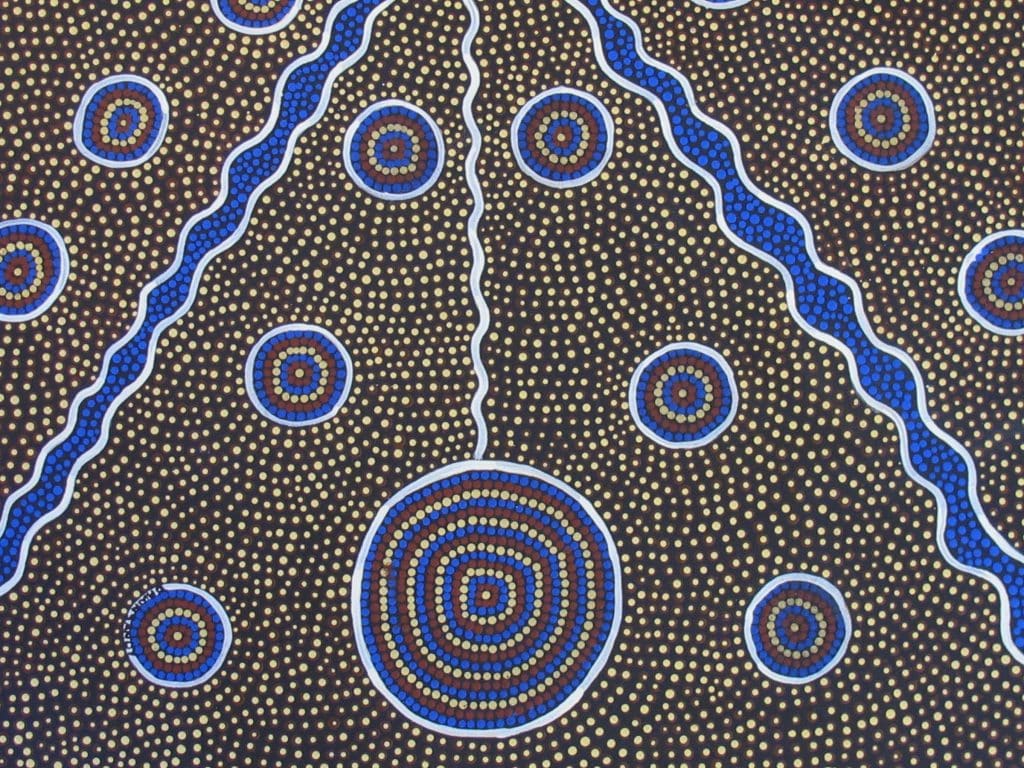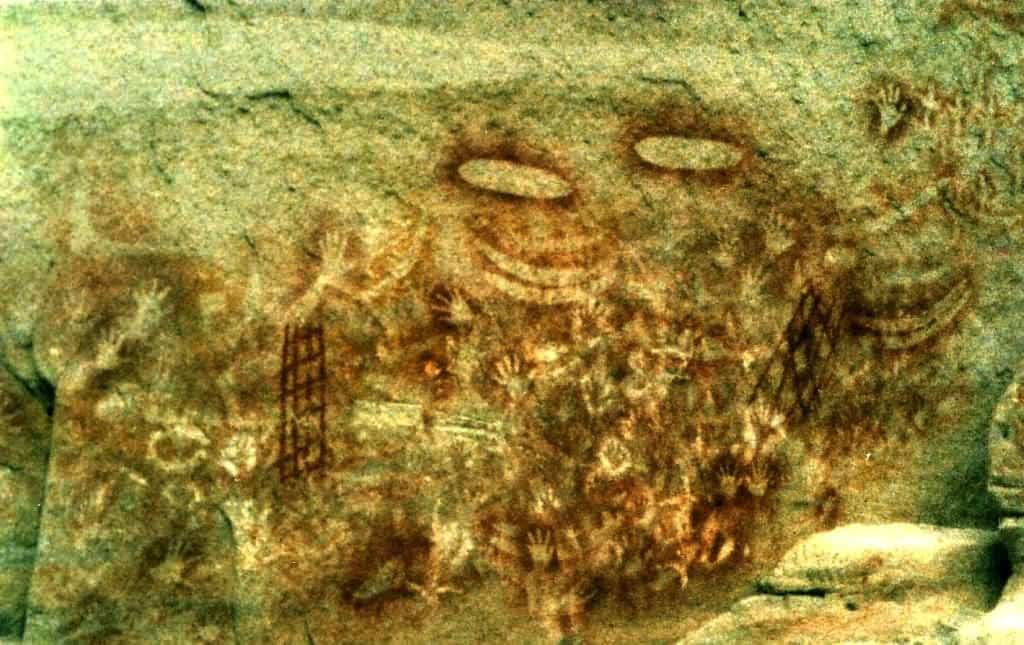Australia’s territory was first inhabited by Aboriginal peoples, whose first settlements arrived from Southeast Asia around 50,000 years ago, during the last Ice Age. Maritime exploration of the territory by Europeans began at the beginning of the 17th century. In 1606, the Dutch navigator Willem Janszoon became the first European to reach the main island of the continent. In 1770, British explorer James Cook mapped and claimed the east coast for Britain.
Source: https://en.wikipedia.org/wiki/Australia

Artists who existed several tens of centuries ago!
Some Aboriginal cave paintings date back to more than 40,000 years before our era and would therefore be older than some representations found in Europe, such as Lascaux for example. It is therefore the oldest art known to date.
Source: https://www.australia-australie.com/articles/aboriginal-painting-between-myths-and-colors/
Aboriginal art
The Aboriginal art style of the Australian region is mostly represented by pointillism.
This technique consists of performing a series of particularly tight stitches which follow each other but do not mix. It is particularly used by Aboriginal painters. It is found on certain cave paintings, but also on paintings on the ground made during ritual gatherings.
Pointillism specific to paintings on canvas is also said to have appeared in Papunya. Understanding that their paintings relating sacred stories would be shown to “non-initiated people”, some Aborigines would have chosen to use this technique to blur the initial motifs. A way for them to keep the secret and sacred character of their work, by showing only the profane part.
Dots also have an aesthetic significance in Aboriginal painting, since they make it possible to densify certain motifs, to fill a canvas by replacing empty spaces and to sublimate it.
Aboriginal myths
Also known as Dreamtime stories, Aboriginal myths are the traditional stories told by the Indigenous peoples of Australia. All these myths reflect a form of truth, specific to each Aboriginal group, about the landscapes that surround them. All of Australia’s topography is thus interpreted through cultural subtleties and profound interpretations, which transmit the wisdom and knowledge accumulated by the ancestors in time immemorial.
With the exception of cave paintings (many of which have been defaced or destroyed by the arrival of settlers and tourists), most Aboriginal works were ephemeral: body paintings, sand drawings, plant paintings on the ground. From the 1970s, and to perpetuate their culture, the Aborigines approached acrylic paint on canvas, while keeping the ancestral technique of dots and colored stripes.

And the impression in all this?
Nowadays, there are many websites from all over the world that offer the sale of hand-printed or sublimated fabrics featuring traditional Aboriginal patterns composed by the famous dotted lines. The tradition of hand painting lives on, despite modernity and new technologies.